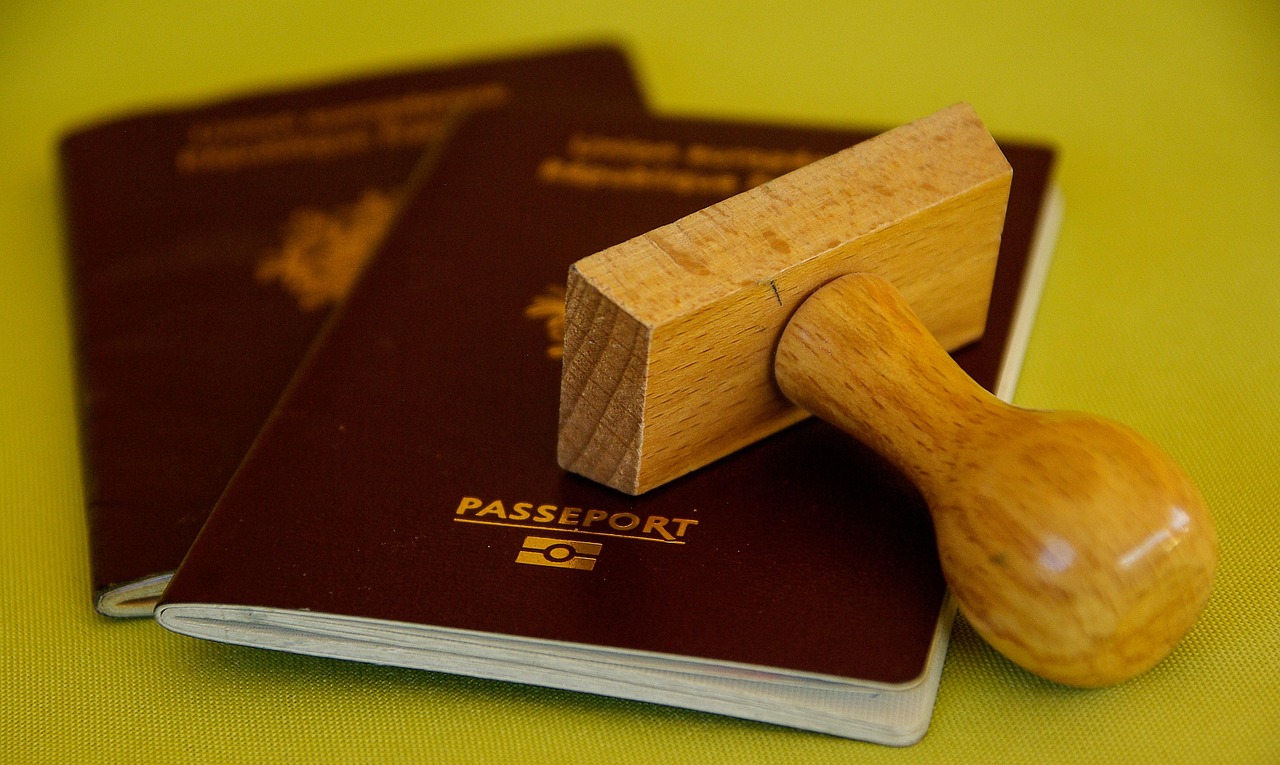Rules shifted while trip ideas piled up. Some places added fees, others tightened entry checks, and a few raised local taxes that change how budgets behave. None of this ends the joy of travel. It just asks for cleaner planning and a little extra time at the edges. In 2025, digital screening expands, crowd control gets priced in, and conservation earns a bigger voice. With earlier prep and calmer schedules, meaningful moments still land, and the memories travel was meant to hold remain intact.
United Kingdom

As of early 2025, U.S. citizens need an Electronic Travel Authorisation before boarding flights or ferries to the U.K. The permit links to the passport, lasts two years, and covers multiple short visits, but carriers will deny boarding without a match. Processing is usually quick, yet busy weeks can slow results, so last minute trips feel tighter. The rule does not add a visa for brief stays. It adds a gate that screens travelers well before arrival.
Italy
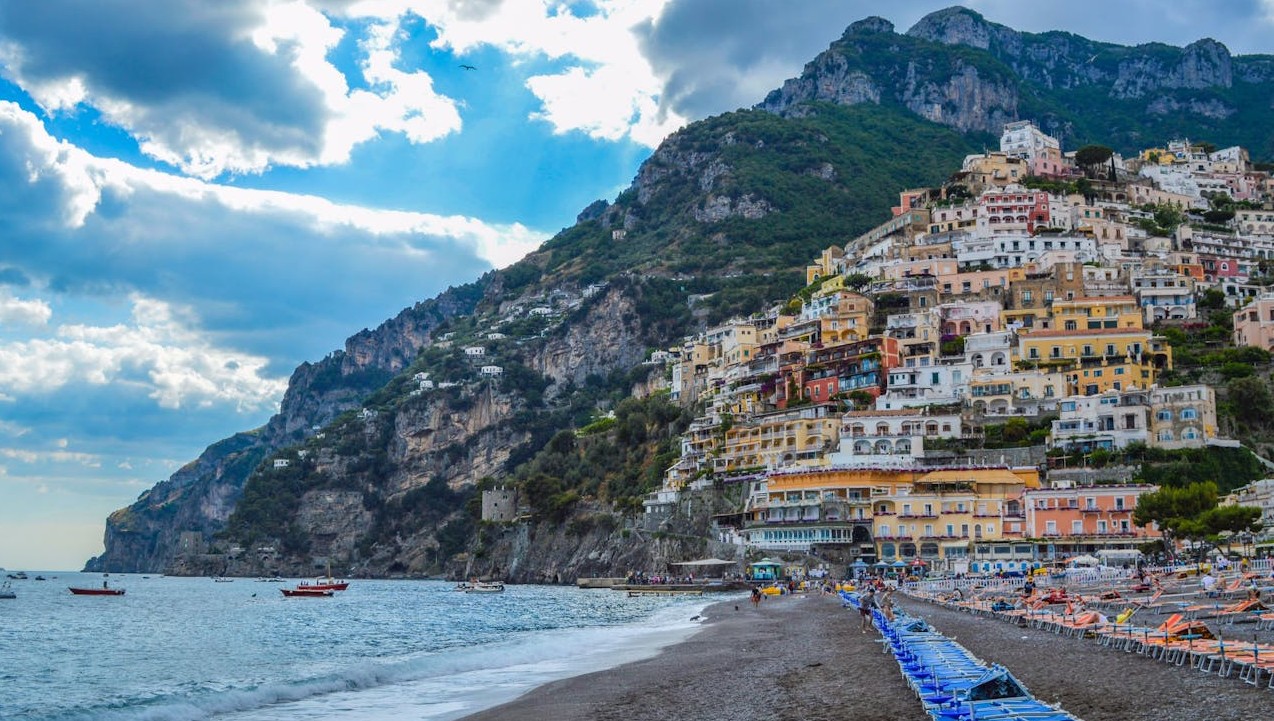
Venice assigns a paid day entry on selected peak dates, with online registration and a QR code check at access points. Overnight guests still register, though hotel bookings cover most steps, and exemptions apply for residents and children. Officials call it crowd shaping and data gathering that keeps bridges clear and emergency routes open. For visitors, the takeaway is simple. A lagoon day now includes a receipt, a time window, and a plan made in advance.
Netherlands
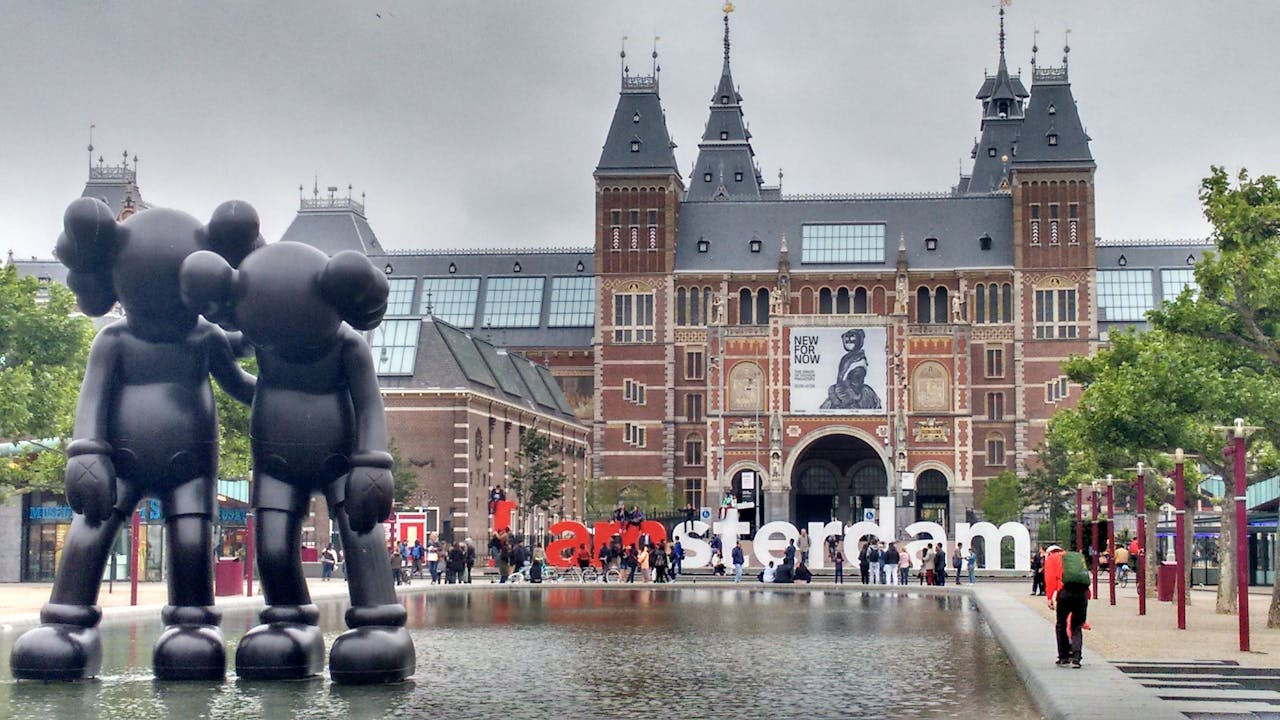
Amsterdam increased its hotel tourist tax as a percentage of the nightly rate, lifting the final bill more than a flat fee ever could. Popular weekends and event dates feel the rise most, nudging stays to Haarlem, Utrecht, or towns along the Sprinter lines. City leaders tie the policy to services stressed by constant arrivals, from trash pickup to tram wear. The canals still shine, museums still teach, and budgets now work harder to keep the same address.
Indonesia
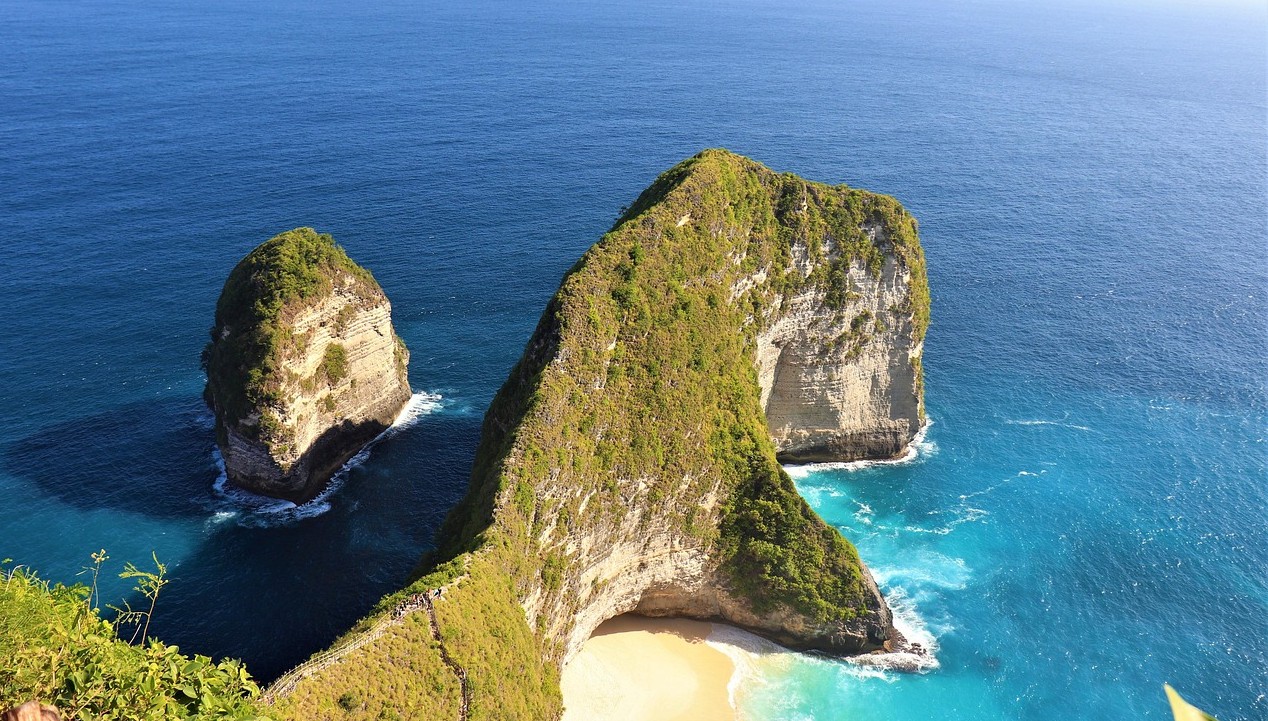
Bali collects a provincial visitor levy on arrival, payable online or at the airport, with funds directed to culture and environmental care. Compliance checks keep tightening as the year moves on. For beach weeks and yoga retreats, the amount feels small next to airfare, but it functions as a formal step that must be cleared. The message is clear on signs and briefings. Treat temples with respect, mind local rules, and help the island shoulder upkeep.
Mexico
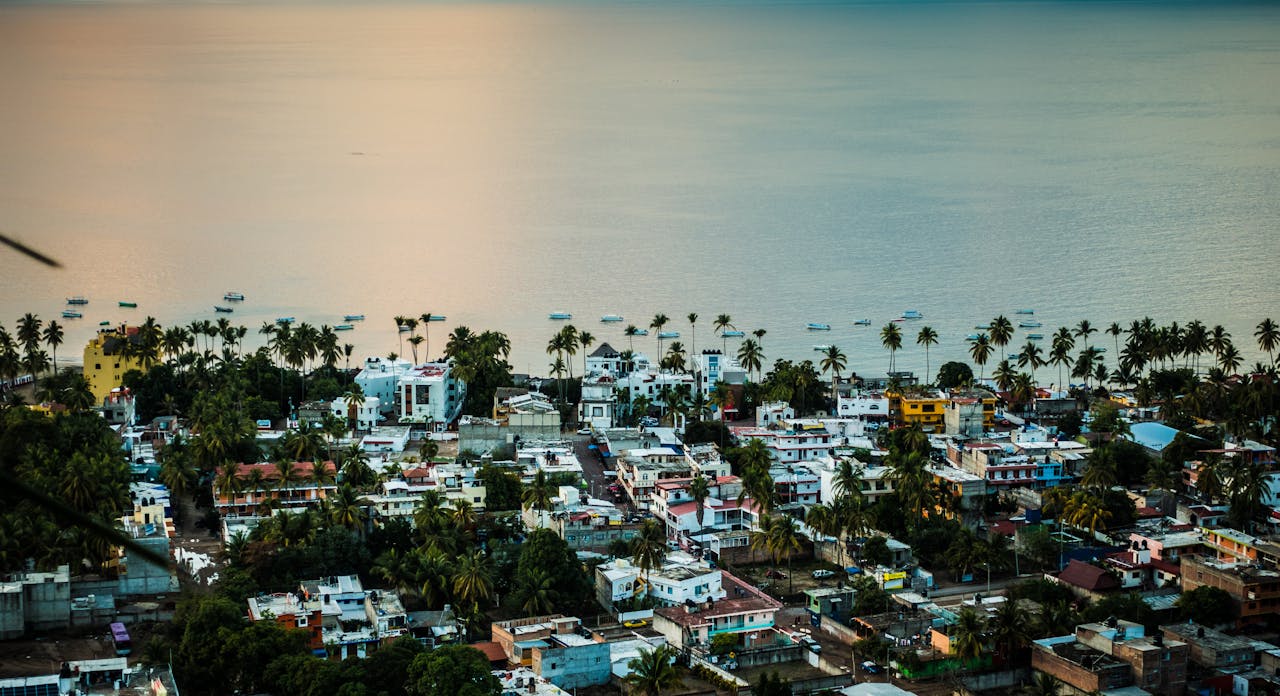
The familiar one hundred eighty day visitor permission was never guaranteed. Immigration officers now match stay length to trip proof more consistently, which shrinks the cushion on flexible itineraries. Return flights, hotel confirmations, and a clean plan at the desk speed the stamp and right size the allocation. Long stays still happen, just not by default. For remote workers and slow travelers, better documentation turns a coin flip into a practical conversation.
Bhutan

Bhutan maintains a high nightly Sustainable Development Fee that funds conservation, education, and heritage work. The policy steers demand toward fewer visitors who stay longer and engage with guides, village life, and mountain routes at an unhurried pace. The calculus is honest. Pay more to enter a quieter, well cared for landscape, or pick a different trek and budget elsewhere. Those who go find room for silence, prayer flags, and weather that sets the clock.
New Zealand
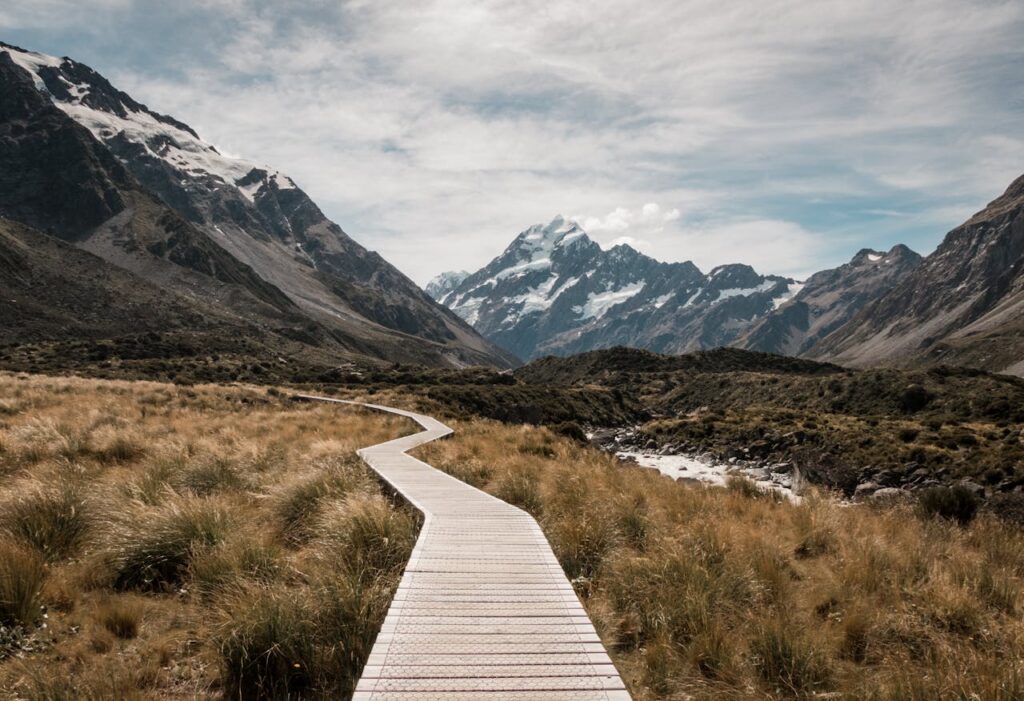
Most short term visitors pay an International Visitor Conservation and Tourism Levy when applying for an NZeTA or visa. The one time fee now sits higher than in past years and lands per trip, not per night. Funds maintain trails, huts, and fragile coastlines that carry far more footsteps than a decade ago. Families will notice the total across several passports. In return, the network that enables strong tramping seasons stays repaired, signed, and open.
Iceland
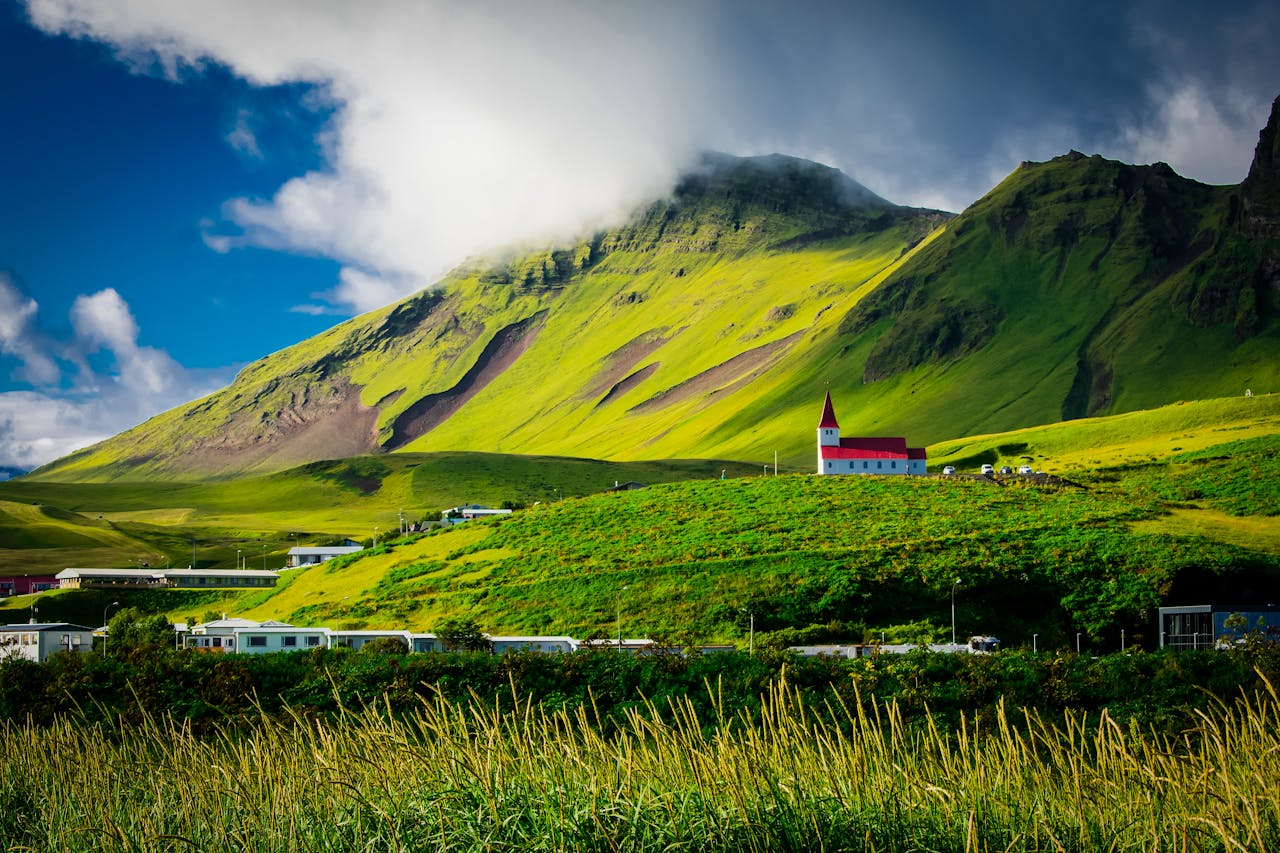
Iceland reinstated a national lodging tax that varies by accommodation type, with a separate per night charge for cruises at berth. The country links the policy to nature under pressure, from moss fields near ring road pullouts to over loved waterfalls. The math looks modest per night, yet it compounds across road trips and multi stop loops. Travelers still catch northern light and steam rising over black lava, with a ledger line that helps keep both intact.
European Union

The Entry Exit System rolls in stages across Schengen, capturing fingerprints and a face scan on a first arrival for non EU visitors. Airports add kiosks, ports adjust gangways, and land borders balance queues with new hardware. Later entries move faster with the record on file, but the learning curve means early lines feel uneven. Padding connections and avoiding back to back arrivals after overnight flights lowers stress while the system settles.
Spain

Barcelona and nearby municipalities raised surcharges layered on top of the regional tourist tax, with higher ceilings slated after late 2025. The city argues that revenue pays for services and helps manage crowd impact in core neighborhoods. Hoteliers warn about sticker shock that pushes visitors toward towns along the commuter rail. For museum days and beach afternoons, splitting nights between satellite bases and day trips protects budgets and opens a wider view of Catalonia.


